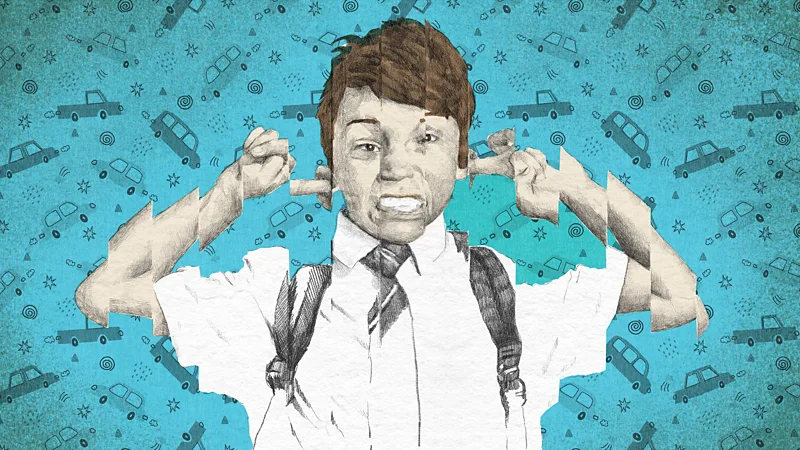More communities are paving the way for calmer streets and classrooms as knowledge of the negative effects noise has on kids’ health and education develops.
The teacher had to yell to be heard in a classroom in New York due to the excessive noise levels. The classroom faced frequent disruptions to the learning process due to the nearby elevated subway train that passed Public School 98 in Manhattan approximately fifteen times a day.
Public School 98’s noise levels had been a source of complaints for many years. In 1975, associate psychology professor Arline Bronzaft of Herbert H. Lehman College of the City University of New York released research looking at the effect of noise on kids’ reading abilities.
‘sHe discovered that, in comparison to kids seated on the calm side of the building, those seated on the noisy side of the school building next to the rails did worse on reading tests. Three to four months separated the pupils in the noisy classroom’ average reading scores from those in the quieter classes.
In response to Bronzaft’s results, the Board of Education outfitted classrooms with sound-absorbing materials to improve the learning environment, while the Transit Authority put rubber pads on the tracks to lessen noise.







